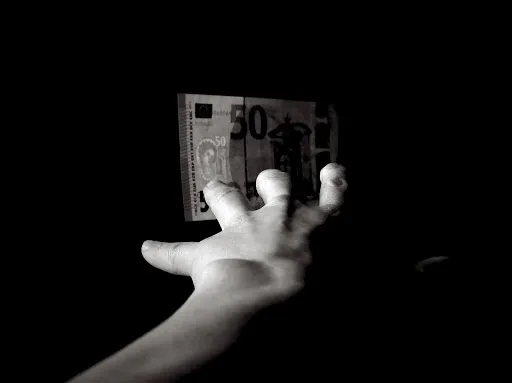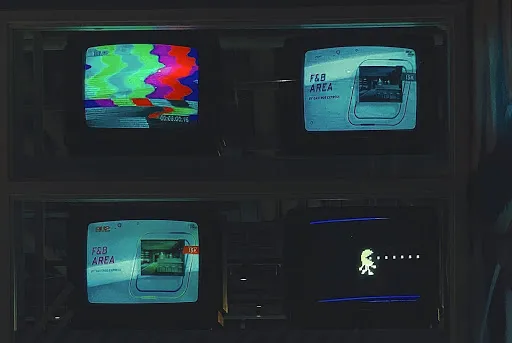Why the podcast industry is becoming more like streaming TV shows and movies
We've found ways on how to stream royalty free music https://Fuegoverde.com.ec/2022/11/02/battle-in-the-arts-artificial-intelligence-versus-human-intelligence/ and how to find new tracks when recommendation systems aren't doing their job, thebackpackboy.com and today we're going to tell you how to work with podcasts.
(
There are many of them on the Internet, and you will not have time to listen to each of them, but will simply follow the release of new records, including the highest ones. Streaming platforms are also adding fuel to the fire, integrating more and more open source software into their semi-closed ecosystems.
Where will this lead us?
What is it?
Spring quarantine mixed all sound cards to podcasters. Those who rubbed their hands in the hope of increasing the audience, invested in new shows with time and money were disappointed.
As soon as listeners were cut off from the usual routes – walks, driving and public transport – the patterns of content consumption changed. At home everyone was left alone with excitement, the need to take care of their loved ones and www.sdw2-wp3.supdeweb.education work in new conditions.
It was more difficult to plunge into many hours of discussion, even if the proposed topics were useful and cognitive. Newsletters, Https://Www.Esyrider.Com/Questions/Profile/Christymarriott/ analytical programs on the epidemiological situation and politics came to the fore. Then came the regular shows, Http://Peakswoods.Net/2022/11/02/Music-In-Our-Life/ which had already been subscribed to, https://Clicklotto.net/where-to-get-royalty-free-music-the-ultimate-list-of-sources/ and there was something else – the listeners couldn't even try. But there were more and more new podcasts.
The only category of podcasts with an influx of a new audience was broadcasts for children, [empty] although the reason for this was not a sudden outburst of young listeners' interest in this format.
Deal for the future
As experts note, only popular programs survived in such an atmosphere. Familiar hosts were trusted with the most valuable thing – an hour or two for the rest of work tasks of the business at home. Some of the programs have been already closed.
Thus, Western platforms postponed the production of podcast thrillers, trying not to provoke even more anxiety in the listeners, who already gave up everything that was associated with the discussion of accidents.
The $100 million in May for the exclusive rights to Joe Rogan's show confirmed the trend: streaming platforms were placed on headliners, continuing to buy everything related to podcasts – from services that automate part of the process, to the largest producers, studios, and now hosts. This strategy should smooth out the outflow of audiences who prefer to stream music with one application and listen to podcasts with another.
Even better, give it an increment to prepare the base for entering a paid model for listening to podcasts. This development is more and more reminiscent of what happened to online cinemas – rapid and most likely total market fragmentation.
New frontline
Streaming wars began only a few years ago, but it has already managed to bore everyone: often the viewer is offered unique content and exclusive only in order to take regular payment for access to the entire online library of the site. Is this the future in podcasting, where similar processes are only gaining momentum?
(
Will streaming platforms be able to combine most of the broadcasts and transform this format from open to semi-closed? We have yet to discuss this. We will discuss this issue in more detail in the next article, we will talk about what advantages are inherent in the open model of podcasting and what are the semi-closed ones. But let's not forget about related formats, which are already attracting a multi-million audience of podcast listeners and make life difficult for program authors.